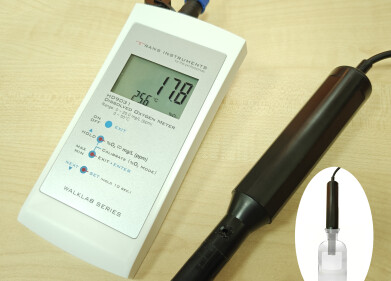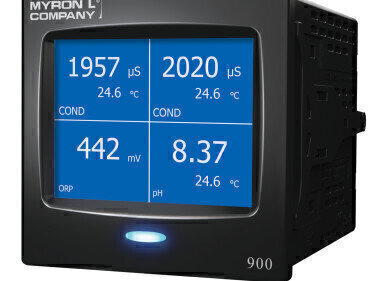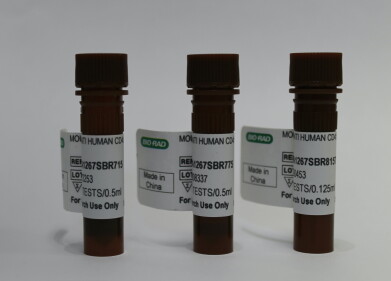Laboratory Products
Guide to Selecting High Pressure Specialty Gas Regulators
Aug 31 2018
Pressure or Flow
High-pressure regulators are designed to accept incoming pressure of 150bar+ from the cylinder. When choosing a high pressure regulator you must determine whether you require a pressure regulator or a flow regulator? Typically, a gas detection instrument will require flow (0.5 l/min) where a gas analyser may require pressure at 1 or 2 bar. The instrument, analyser or GC will dictate what is required.
Outlet Flow Rate or Pressure
Many regulators have specific flow rates which are fixed, while others have a selection of flow rates. A continuous flow regulator will provide the required flow rate required by the instrument. In cases where the analyser has an internal pump, an on-demand flow regulator will provide the flow once a vacuum is placed on the regulator.
All pressure regulators have outlet ranges such as 0-1.5 bar, 0-3.5 bar or 0-10 bar. Select the range which matches your requirement. If your analyser requires 2 bar then select the 0-3.5 bar range.
Gas Type and Concentration
The gas mixture or gas type will determine the material requirement of the regulator as well other materials such as tubing.
Highly corrosive gases such as chlorine, ammonia, nitrogen dioxide, hydrogen cyanide require stainless steel regulators.
Hydrogen sulphide and sulphur dioxide can use nickel plated brass if the concentration is below 50ppm. Higher concentrations of H2S and SO2 require stainless steel.
Non-corrosive gas mixtures such as CO, CO2, O2 and most hydrocarbons would require brass. It is important not to use nickel plated brass for high concentrations of carbon monoxide, as CO and nickel are incompatible and can form tetracarbonylnickel.
Where high purity gas concentrations are used with highly corrosive gases, purging systems are recommended.
Inlet/Outlet Connectors
The gas type or gas mixture will dictate what valve type is on the gas cylinder. Australian (AS), British (BS) or North American (CGA) standards are typical depending upon where the gas mixture was manufactured. The inlet connector on the regulator must match the gas cylinder valve. Inlet connectors can be changed to match the gas mixture, if required.
All specialty pressure regulators have a ¼” NPT female outlet. Many outlet connectors are available to connect to your gas distribution system.
Single or Dual Stage Pressure Regulator
The outlet pressure has an inverse relationship to the gas volume in the cylinder. As the gas volume decreases the outlet pressure increases.
A dual stage regulator may be required in circumstances where constant outlet pressure is needed throughout the use of your analyser. The dual stage regulator corrects for the increase in outlet pressure and maintains the pressure at the selected valve.
If an increase in outlet pressure is not important then a single stage regulator would be appropriate for your application.
CAC GAS & Instrumentation supplies a complete line of specialty gas flow and pressure regulators, along with a full line of connectors, for supplying carrier gas, specialty gas standards and calibration gases for all applications.
Digital Edition
Lab Asia 31.2 April 2024
April 2024
In This Edition Chromatography Articles - Approaches to troubleshooting an SPE method for the analysis of oligonucleotides (pt i) - High-precision liquid flow processes demand full fluidic c...
View all digital editions
Events
May 14 2024 Oklahoma City, OK, USA
May 15 2024 Birmingham, UK
May 21 2024 Lagos, Nigeria
May 22 2024 Basel, Switzerland
Scientific Laboratory Show & Conference 2024
May 22 2024 Nottingham, UK












.jpg)





